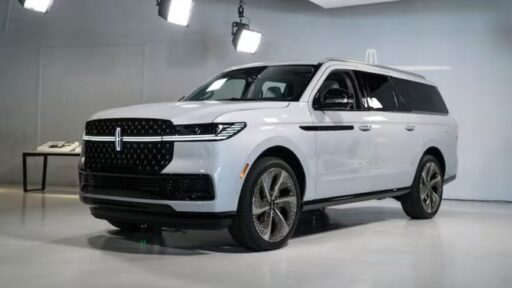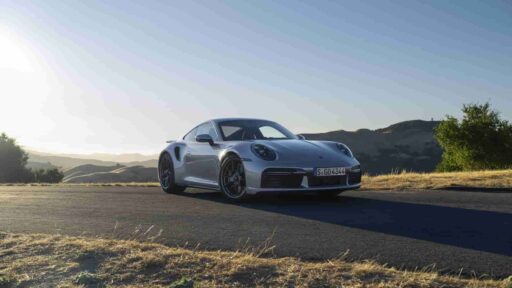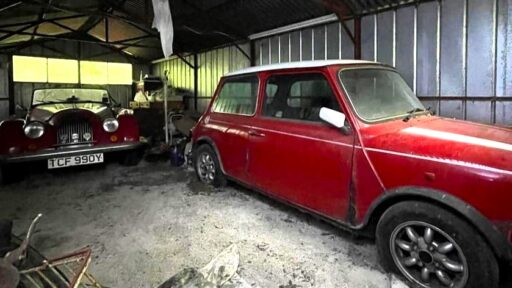Mazda’s origins date back long before it became synonymous with sporty, premium vehicles that offer luxury at mainstream prices. Established in 1920, Mazda initially produced corks, only transitioning to vehicle manufacturing in 1931 with the introduction of its first motorized tricycle truck, the Mazda-Go. However, it wasn’t until October 10,
1960, that Mazda truly embarked on its journey into the automotive world with the production of its first car. From these modest beginnings, Mazda evolved into a brand celebrated for creating fun, driver-focused vehicles that offer an engaging experience without the need to visit a Porsche dealership.
While its sedans and hatchbacks have always been a pleasure to drive, Mazda’s true essence is found in its iconic coupes, convertibles, and sports cars. Here are ten Mazda sports cars that have significantly shaped the brand’s identity.
READ MORE: 2025 GMC Terrain vs. Chevy Equinox: How Distinct Are These Sibling SUVs?
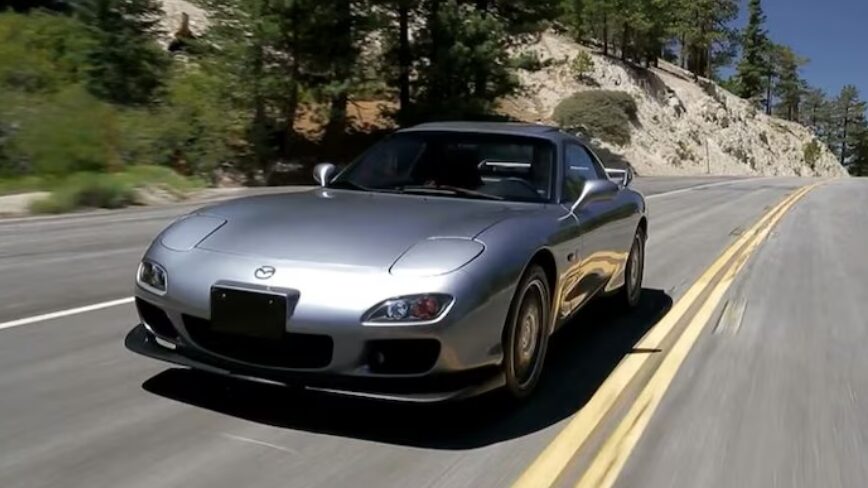
1978 Mazda RX-7 FB-Generation
The RX-7, launched in 1978, became a defining sports car for Mazda. This first-generation RX-7, known as the FB, spanned three series from 1978 to 1988. Its standout feature was the rotary engine’s low placement behind the front axle, which provided an excellent front-to-rear weight distribution, enhancing its handling. The FB generation also marked the debut of the RX-7 Turbo, known as the Savanna Turbo in Japan, which brought a new level of performance to the U.S. market.
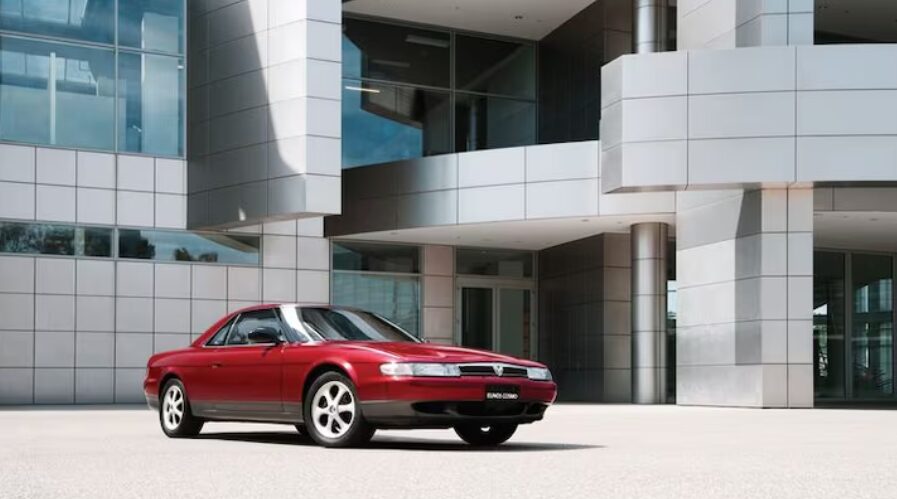
1990 Mazda Eunos Cosmo JC-Generation
The Eunos Cosmo, introduced on the new JC platform in 1990, featured Mazda’s most powerful factory rotary engine, the 20B-REW. This three-rotor engine, with twin-sequential turbochargers, produced nearly 280 horsepower and 300 lb-ft of torque, making it a formidable performer. Although the JC Cosmo was never officially exported from Japan, it remains a vital part of Mazda’s history, particularly for its advanced rotary engine technology.
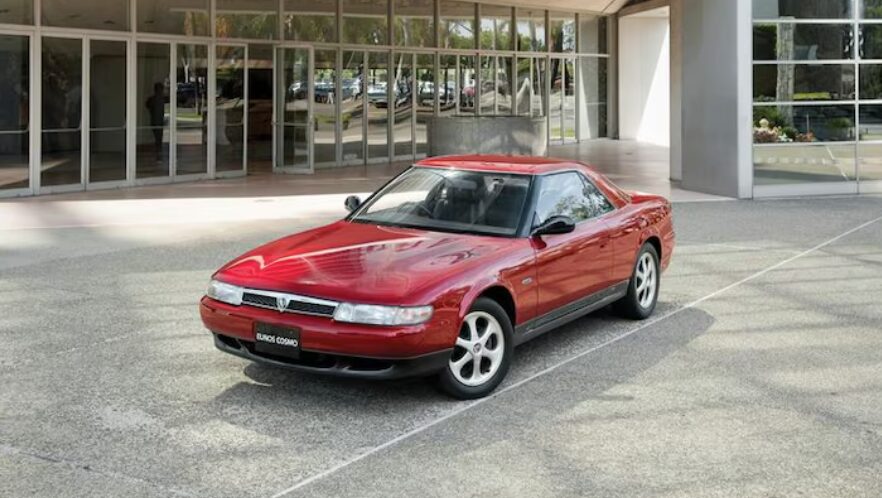
1989 Mazda MX-5 Miata NA-Generation
The Mazda MX-5 Miata, introduced in 1989, revived the classic two-seat sports car format. Drawing inspiration from British roadsters like the MG B and Triumph Spitfire, the Miata combined their charm with Mazda’s renowned reliability. The Miata quickly became the benchmark for small, affordable sports cars, offering an enjoyable driving experience for a wide range of drivers. Early models featured a 1.6-liter I-4 engine, later upgraded to a 1.8-liter engine in 1994, further enhancing its performance and appeal.

1991 Mazda RX-7 FD-Generation
The third-generation RX-7, introduced in 1991, is perhaps Mazda’s most iconic sports car. Known as the FD, this RX-7 was a technological marvel, featuring the 1.3-liter 13B-REW rotary engine, which produced 255 horsepower and enabled a 0-60 mph time of just five seconds. The FD’s balanced chassis and lightweight design made it a favorite among enthusiasts, although its high price and the economic downturn in Japan eventually led to its discontinuation in the U.S. by 1995.
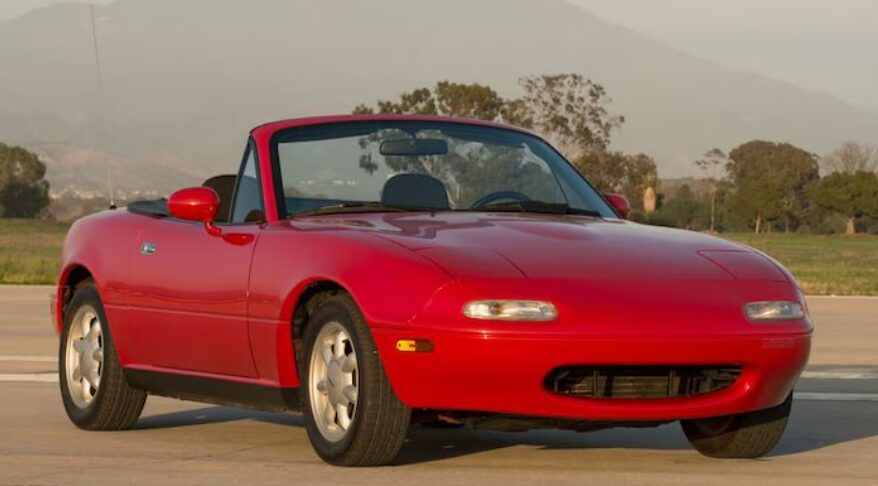
2003 Mazda RX-8
The RX-8, launched in 2003, marked the return of the rotary engine to the U.S. market. Unlike its predecessors, the RX-8 was a four-door sports car with rear-hinged “freestyle” doors, offering practicality alongside performance. Its new rotary engine, the 13B-MSP Renesis, improved emissions and fuel efficiency while delivering 250 horsepower. Despite stiff competition, the RX-8 was praised for its engaging driving experience and remains a unique entry in Mazda’s sports car lineup.
These ten cars are more than just milestones in Mazda’s history; they are the vehicles that have defined the brand’s commitment to producing fun, driver-oriented sports cars that appeal to enthusiasts around the world.
1960 Mazda R360 Coupe
The R360 Coupe marked the beginning of Mazda’s journey into the world of fun-to-drive cars. Although classified as a kei car—a category of small vehicles in Japan limited to engines under 660cc—this 1960 model played a pivotal role in establishing Mazda’s reputation. The R360 was powered by a 356cc V-twin engine, which produced about 16 horsepower, paired with either a four-speed manual or a two-speed automatic transmission. With a weight of just 838 pounds, this tiny car offered an enjoyable driving experience that hinted at Mazda’s future.
1966 Mazda 1000 Coupe
Next up in Mazda’s automotive evolution was the Mazda Familia, known outside Japan as the Mazda 800. Originally introduced as a panel van, the Familia’s first coupe variant debuted in November 1964. Early versions were equipped with a 782cc I-4 engine, but in 1965, the Familia 1000 coupe was introduced, featuring a 985cc engine that produced 67 horsepower and 59 lb-ft of torque, coupled with a four-speed manual transmission. The design, influenced by Giorgetto Giugiaro during his time at Carrozzeria Bertone, showcased clear Italian styling cues, making it a standout in Mazda’s early lineup.
1968 Mazda Cosmo Sport
Mazda’s association with rotary engines is incomplete without mentioning the first-generation Cosmo. This model, particularly the L10A series, was never exported to the U.S., but it gained fame in Japan, partly due to its appearance in the sci-fi TV series The Return of Ultraman. The Cosmo was groundbreaking, featuring the first production rotary engine based on Felix Wankel’s 1957 design. Mazda engineered their version under license, addressing the design’s early flaws. The L10B series, which did reach the U.S. under the 110S name, was the foundation of Mazda’s first factory racing efforts, proving the reliability of the rotary engine.
1970 Mazda Capella/RX-2
The Mazda Capella, introduced in 1970, is less recognized by name but crucial in Mazda’s U.S. presence. This model was the first to feature Mazda’s second production rotary engine, the 12A, which delivered 130 horsepower and 115 lb-ft of torque to the rear wheels. The Capella was rebranded in America as the Mazda 616 and 618, with a brief period of using a 1.8-liter I-4 engine, but it was the rotary-powered RX-2 that truly made its mark. The RX-2’s performance and design cemented Mazda’s growing reputation in the American market.
1968 Mazda Familia/R100 Rotary
The Mazda Familia Rotary, or R100 in the U.S., was another key player in Mazda’s history, helping the brand carve out a niche in motorsports with its rotary-powered sports prototypes. The R100, equipped with the 12A rotary engine, produced nearly 130 horsepower, making it a standout performer in its class. Although limited in its U.S. availability, particularly in the Pacific Northwest, the R100 found a dedicated following.
1972 Mazda Grand Familia/RX-3
Originally intended to replace the Familia, the Mazda Grand Familia underwent a shift in focus due to the 1970s energy crisis, becoming an upscale variant of the Familia. In the U.S., it was sold as the Mazda 808 and Mizer, featuring 1.6-liter and 1.3-liter I-4 engines, respectively. The RX-3, known as the Savanna in Japan, was the sportier version and came equipped with the 12A rotary engine. Although not the fastest or most powerful, the RX-3’s rotary engine was significant as it was the first non-European or American engine to finish the 24 Hours of Le Mans, paving the way for Mazda’s future success at the prestigious race.
1981 Mazda Cosmo Rotary Turbo
Mazda continued to innovate with the Cosmo Rotary Turbo introduced in 1982. This model featured a turbocharged version of the 1.2-liter 12A rotary engine, producing 160 horsepower and 167 lb-ft of torque, making it the fastest production car in Japan until the arrival of the Nissan Skyline RS. Though the rotary-powered Cosmo was never officially sold in the U.S., it remains a significant chapter in Mazda’s rotary engine development.
READ MORE: 2026 Kia Telluride: What to Expect from the Next-Generation 3-Row SUV
Subscribe today for the freshest car news delivered to your inbox
